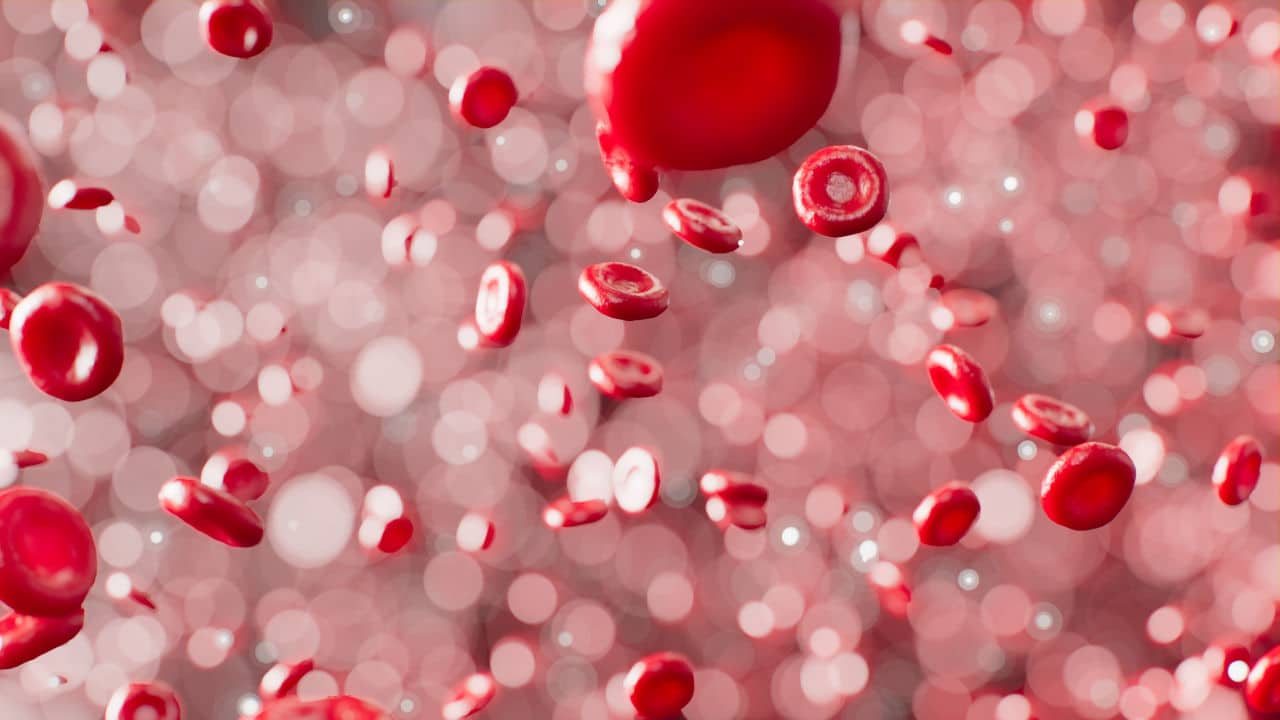Iron is an essential nutrient for the body. It helps to make red blood cells, helps produce some particular hormones, and aids the hemoglobin in the red blood cells to transport oxygen around the body. However, iron is not one of the nutrients that are meant to be taken in large quantities. The body cannot eliminate excess iron, so it regulates nutrient intake. An overload of iron or excessive iron in the body can lead to a condition referred to as hemochromatosis.
Now, since hemochromatosis is more obvious in the bloodstream and unseen on the outside, litigation animation can be used to illustrate what goes on when patients complain of improper treatment caused by their “unseen” disease.
What is Hemochromatosis (Iron Overload)?
Hemochromatosis is a disorder where the body absorbs more iron than it needs. It can be a genetic disorder and therefore be referred to as a disability according to the equality act of 2010 in the UK, Hence, victims of this condition qualify for social security disability in the US. According to a medical science publication, this disorder is more likely to occur in men than women as women lose blood during menstruation and childbirth.
Iron overload can occur in two forms: primary and secondary. The primary form is a genetic type of hemochromatosis, passed down from family members through their genes. This form is inherited by offspring.
While the secondary form is obtained from treatment with a medicine that contains iron, and it appears in excess in the blood. Some situations where this can occur are for people with anemia (low amount of red blood cells), during blood transfusions, with iron pills or injections, through kidney dialysis that persists for a long time, and liver diseases, such as hepatitis C infection or fatty liver disease.
Although the symptoms vary for everyone, and some people may not show symptoms at all, some symptoms of iron overload in the body include: feelings of fatigue, weight loss, weakness, pains in the joints, irregular or absent periods, erectile dysfunction, and bronze or grey skin color

Effects of Hemochromatosis on the patients
When the iron in the body is in excess, it leads to serious medical conditions. The excess iron is stored in the heart, liver, and pancreas and causes even more severe outcomes. After a while, because iron is stored in those areas, there’ll be cases of heart problems, including cardiomyopathy, joint pain, cancer, and other chronic symptoms. If left untreated, serious health issues can emerge over time. These include liver disease, cancer, diabetes, and neurological issues
Living with iron overload can become difficult and affect the day-to-day life of those involved. Laws have been set up to protect the rights of people with iron overload.
Take the case of Sloan vs South Eastern Health and Social Care Trust, for example, where the claimant complained that she was discriminated against in her workplace because of hemochromatosis.
For this case, McClements vs Health Innovation Network & Guy’s & St Thomas’ NHS Foundation Trust, the court could recognize that the claimant had the most severe form of genetic hemochromatosis and agreed to regard him as someone with a disability and to be given all incentives as such.
This case of O’Sullivan vs London Borough of Islington is another unfortunate case of someone being discriminated against because of genetic hemochromatosis. The claimant was treated properly by medical professionals and could return to the workplace. The court ruled in his favor that as long as the symptoms persist, the disorder is a disability.
Haemochromatosis Illustrated with Trial Animation
In a courtroom trial, an attorney will find it difficult to convince the jury and the entire court that iron overload is a disability by mere word of mouth. An expert witness can use trial animation showing the step-by-step influence of excess iron in the bloodstream on the body. Trial animation can illustrate the absorbing and storing of excess iron in the patient’s organs, thereby affecting their proper functioning.
Again, visual exhibits of the amount of iron in the bloodstream of a hemochromatosis patient and that of someone who isn’t can be illustrated and placed side by side for the jury to examine. It will serve as a visual representation of the concept and cause easy understanding.
Using a demonstrative aid will show how a person is more likely to get the disease based on genetics. An expert witness can illustrate the DNA involved in causing iron to be absorbed more than normal.
Legal animation would ensure that people that struggle with this condition are not treated like second-class citizens and that they are protected by disability and equality laws. Any infringement on these laws will be easy to back with proof and therefore lead to getting justice for the patient.





